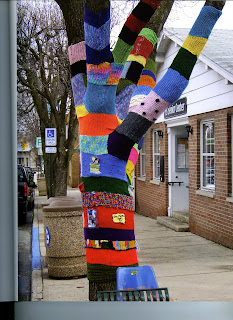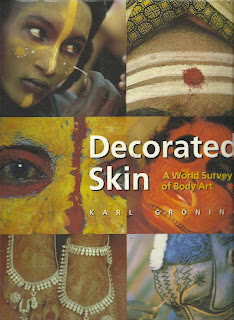I don't like the look of it
22/9/2011 12:17View Responses
worried about them going back afterwards / pain!
21/9/2011 9:23View Responses
just dont want stretching ears
20/9/2011 23:20View Responses
I like my ears as they are, not like big saggy rings with hula hoops through.
20/9/2011 22:32View Responses
The prospect of them not being able to shrink back scares me
20/9/2011 22:25View Responses
I am interested in stretching my ears, but am afraid of the effects and that they might not shrink back
20/9/2011 22:08View Responses
Not into body piercings at all, really
20/9/2011 21:39View Responses
its ugly
20/9/2011 21:02View Responses
I think it looks horrible
20/9/2011 20:22View Responses
there big enough
20/9/2011 18:36View Responses
coz it is skanky innit
20/9/2011 18:32View Responses
Too timid! Think they look awesome though.
20/9/2011 18:18View Responses
looks BUTTAS
20/9/2011 18:17View Responses
I dont really know what tribal style jewellery actually is.
25/9/2011 20:51View Responses
N/a
22/9/2011 12:17View Responses
I buy it from high street stores if I see it
20/9/2011 22:44View Responses
I've never bought any.
20/9/2011 22:32View Responses
I dont really know of anywhere, but buy it if I come across anything
20/9/2011 22:25View Responses
markets, I dont really know anywhere that specializes in it
20/9/2011 22:08View Responses
Don't really have a favourite place. Buy a particular item if I see it/like it.
20/9/2011 21:39View Responses
markets
20/9/2011 21:02View Responses
usually the internet!
20/9/2011 19:12View Responses
i dunno, that place where you and india et your shit from
20/9/2011 18:32View Responses
Tribu, London
20/9/2011 18:18View Responses
I like tattoos, but dont know if id ever get one.
25/9/2011 20:51View Responses
It really depends on the person who has it; whether it suits them or not.
22/9/2011 12:17View Responses
percings generally and ink :)
21/9/2011 9:23View Responses
Most body piercings, depending on the person!
21/9/2011 2:07View Responses
tattoos
20/9/2011 23:20View Responses
I dont know of any
20/9/2011 22:44View Responses
tying your willy up
20/9/2011 22:32View Responses
I dont know much about tribal body modification but I like the jewellery
20/9/2011 22:25View Responses
tattoos, scarification is interesting but not something I would do myself
20/9/2011 22:08View Responses
Tattoos.
20/9/2011 21:39View Responses
no
20/9/2011 21:02View Responses
no
20/9/2011 20:22View Responses
not particularly
20/9/2011 19:12View Responses
No
20/9/2011 18:47View Responses
no
20/9/2011 18:36View Responses
i like big tribal bangles but they dont suit my tiny hands
20/9/2011 18:32View Responses
I particularly like the stretchers made out of coconut and horn from Tribu, I also like some tribal influenced tattoos
20/9/2011 18:18View Responses
Scarification can look amazing...though it's a little extreme!
20/9/2011 18:18View Responses
not tribal tattoos you berk
20/9/2011 18:17View Responses
Ears stretched to moderation... there is a line that is often crossed.
20/9/2011 18:16View Responses












































